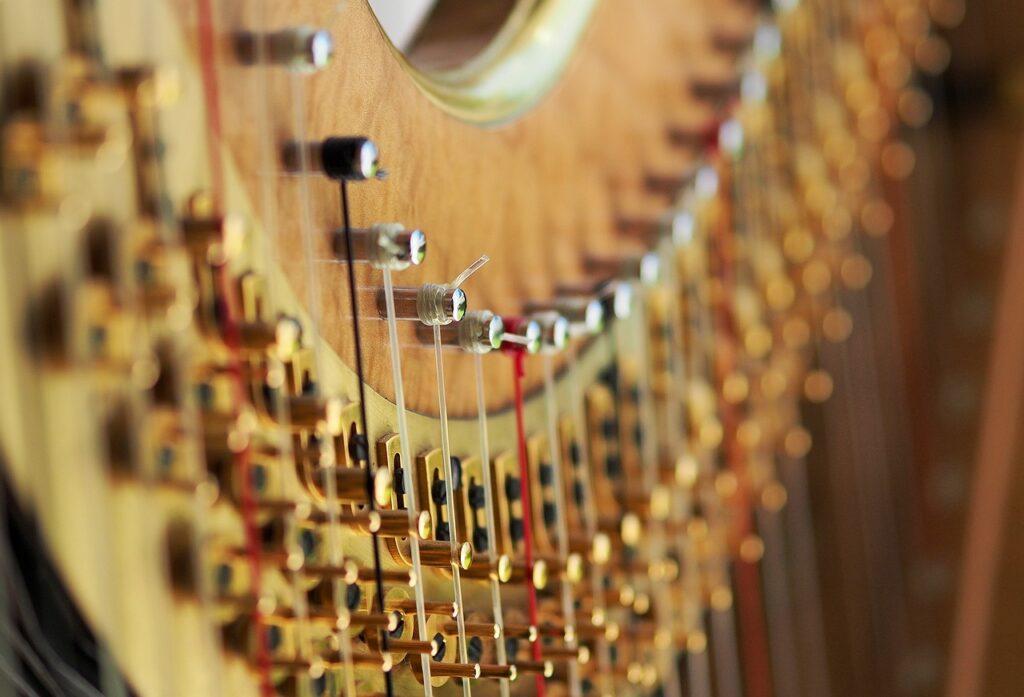What’s the difference between just intonation (JI) and equal temperament (ET)?
Let’s look at ET first:
- You’ll find ET easier to use because it divides the octave into 12 equal half-steps.
- This means that a semitone’s size between any two adjacent keys on the keyboard will be the same.
- Also, having fewer notes makes ET less complex to understand than JI.
According to Owen Jorgensen, scientifically accurate ET had been widely adopted in Western music in the early 20th century. Why?
- It (like the well temperaments) allowed musicians to play in any key without having to retune their instruments.
- Which musicians had to do with JI and meantone temperament.
- However, ET’s strength comes with a cost.
One disadvantage of ET revolves around the fact that it has fewer notes than JI.
- In JI, the notes have been tuned so that it creates better sounding harmonies.
- This means that JI can, in theory, have an infinite number of notes.
- Each note has a distinct frequency that resonates with the other chord tones to create a strikingly rich sound.
In contrast, ET has only 12 notes, which sound barely in tune when played together with each other.
- ET’s harmonies don’t resonate as well as they do in JI, because ET has sonically compromised major thirds.
- As a result, the chords will have beating and weak tone color, which can diminish your audience’s listening pleasure.


